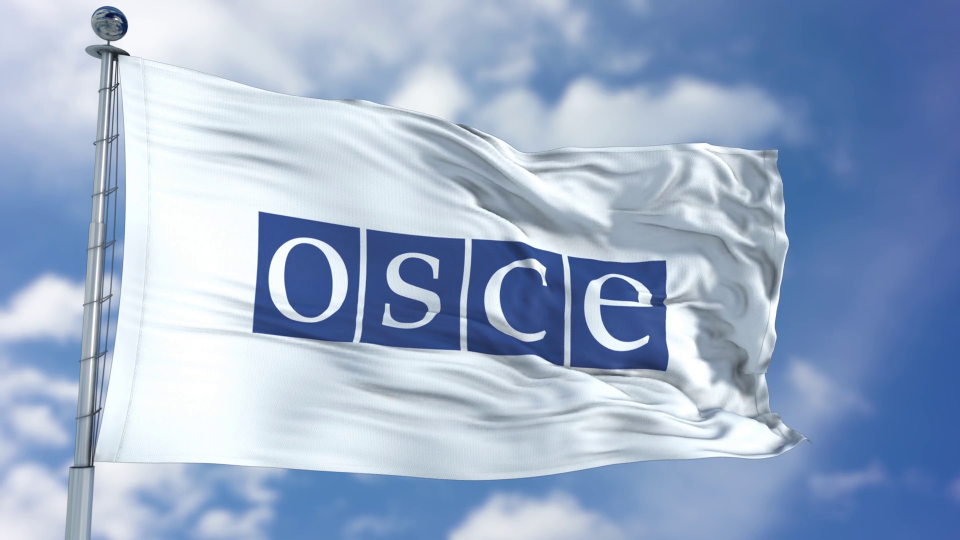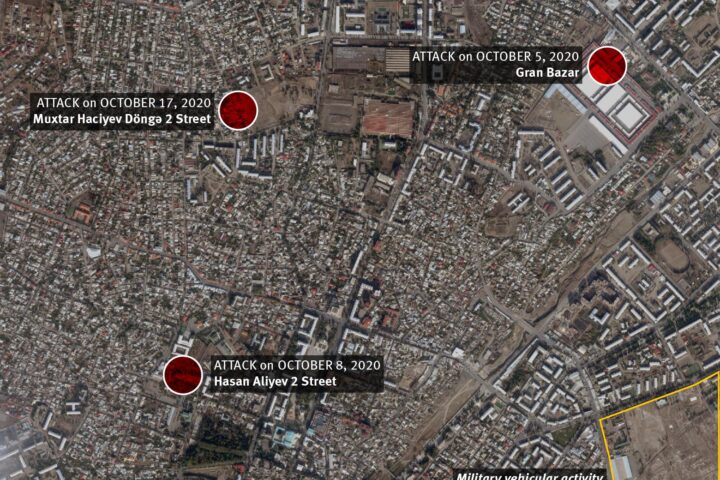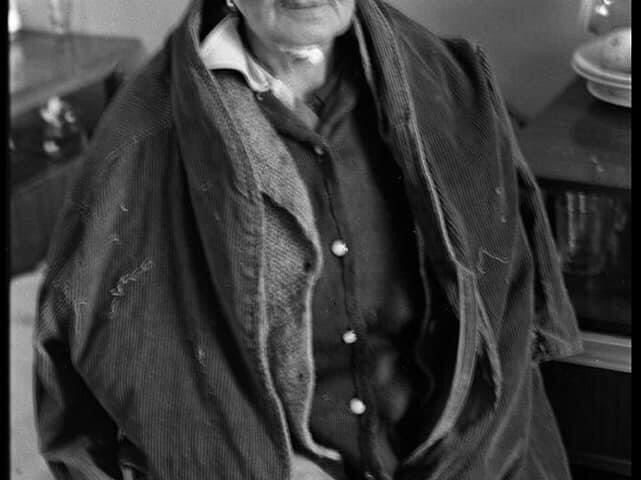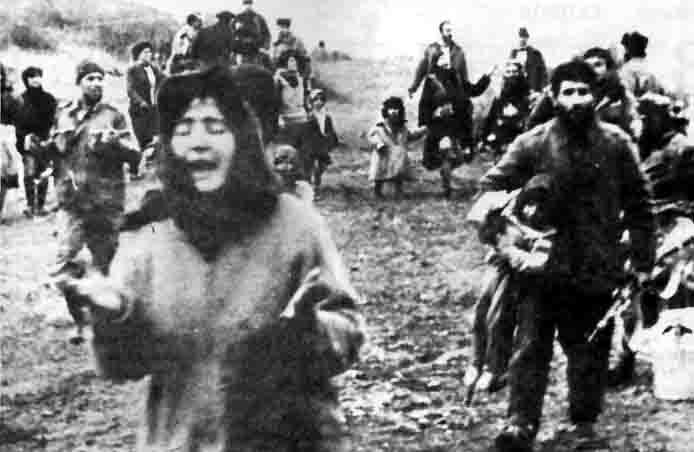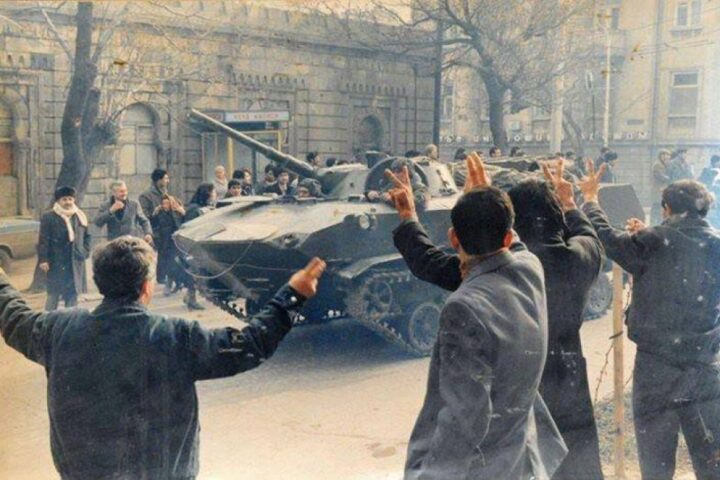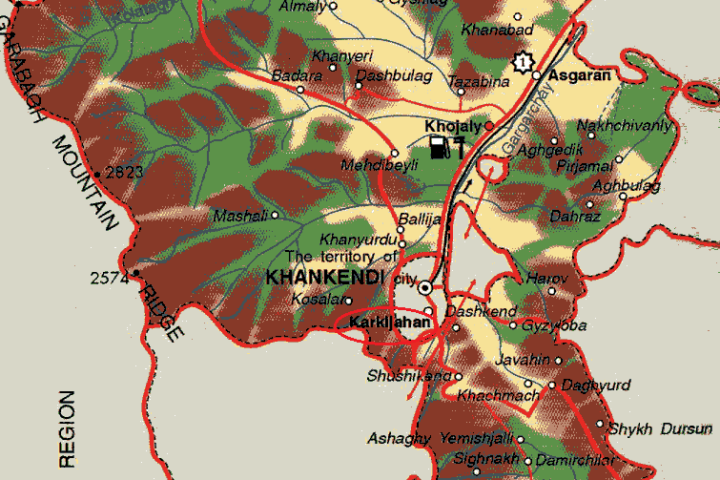1. A brief history of the Nagorno-Karabakh conflict
The present-day stage of the Armenian-Azerbaijani conflict dates back to the end of 1987, when the expulsion of Azerbaijanis from the Armenian SSR began. As a result of the repressions against the Azerbaijanis in Yerevan, Kafan, Masis, Gugark, Dilizhan, Sisian, Kirovakan and other settlements of Armenia, 220 people were killed and 1154 people were wounded(1). The refugees from Armenia began to arrive in Azerbaijan, whose number reached 243,682 people(2).
On February 20, 1988 the Armenian representatives at the session of the Regional Soviet of the Nagorno-Karabakh Autonomous Region adopted a decision “On requesting the Supreme Soviets of the Azerbaijan SSR and the Armenian SSR to transfer the NKAR from the Azerbaijan SSR to the Armenian SSR”. On February 24, 1988 two Azerbaijanis were killed not far from the town of Askeran of the Nagorno-Karabakh Region of Azerbaijan. On February 28, 1988 the Sumgayit events were organized by the Armenian nationalists, one of the actors being Eduard Grigorian, an Armenian by nationality. Foreign correspondents came to Sumgayit beforehand to picture the events.
On December 1, 1989 the Supreme Soviet (Parliament) of the Armenian SSR adopted a decree “On re-unification of the Armenian SSR and Nagorno-Karabakh”, which is still in force. These decisions of the NKAR and the Armenian SSR contradicted the USSR constitution, in accordance with which the borders of a Union Republic could not be altered without its consent and the borders between the Union Republics could be changed only with their mutual agreement with the eventual confirmation of the Union authorities.
In order to erase from the history the fact of residence of Azerbaijanis in the Armenian SSR, in accordance to the decision taken by the Presidium of the Supreme Soviet of the Armenian SSR on April 9, 1991 the names of 94 Azerbaijani settlements were changed.
All those events extremely aggravated the situation and in 1992-1993 resulted in the full-scale military activities, which had been initiated by Armenia. The armed forces of Armenia occupied the Nagorno-Karabakh region of Azerbaijan. Especially tragic was the seizure of the town of Khojaly on the February 26, 1992, which resulted in brutal killing of 613 innocent civilians, including the elderly, women and children(3).
In May 1992 Shusha, the Azerbaijani-populated administrative centre of the region within Nagorno-Karabakh, and Lachin, the region situated between Armenia and Nagorno-Karabakh, were occupied. In 1993 the armed forces of Armenia captured another six regions of Azerbaijan around Nagorno-Karabakh: Kelbajar, Agdam, Jabrayil, Gubatly, Fizuli and Zangilan.
As a result of aggression against the Republic of Azerbaijan 20 percent of its territory, 890 towns and cities, villages and settlements were occupied, 904,214 people became refugees, 20,000 people were killed, 50,000 people were wounded or became invalids; according to initial calculations the caused damage constituted 60 billion USD.
